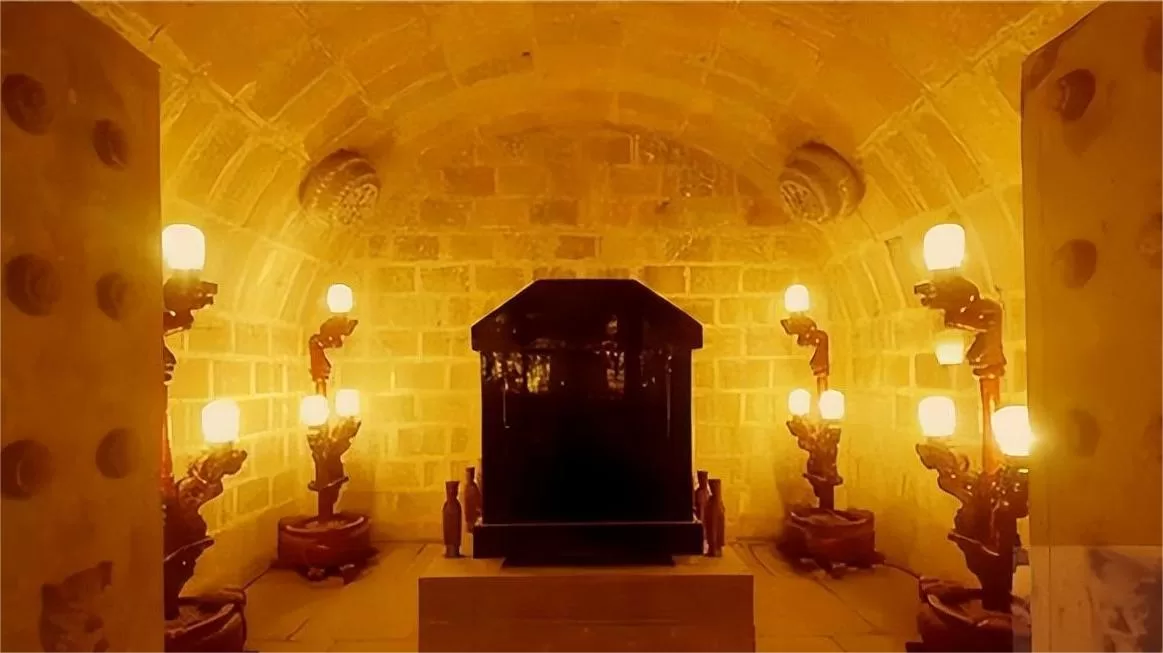The tomb chamber of the Mausoleum of the First Qin Emperor is located in Xi’an, China and is considered one of the most significant archaeological discoveries of the 20th century. The tomb chamber is part of a larger complex that includes the famous Terracotta Army, which was discovered in 1974. Here are some details about the tomb chamber:
Construction: The tomb chamber is an underground palace that covers an area of over 20,000 square meters. It was constructed over 2,000 years ago during the reign of the First Qin Emperor, who unified China and established the Qin dynasty. The chamber was built using sophisticated engineering techniques and features an elaborate system of corridors, chambers, and traps to protect the emperor’s remains.
Layout: The tomb chamber is divided into several sections, including the antechamber, burial chamber, and side chambers. The antechamber is the first room that visitors enter and is lined with life-sized statues of warriors and horses. The burial chamber is where the emperor’s remains are located and is the most heavily guarded part of the complex. The side chambers are where various treasures and artifacts were stored, including the famous Terracotta Army.
The burial chamber: The burial chamber is the heart of the tomb complex and is where the First Qin Emperor’s remains are located. The chamber is a large underground space that is lined with bronze walls and features a ceiling that is decorated with stars and constellations. The emperor’s coffin is made of jade and is surrounded by over 8,000 life-sized terracotta soldiers, chariots, and horses. The chamber is also equipped with a sophisticated air circulation system to prevent the emperor’s remains from deteriorating.
Treasures: In addition to the Terracotta Army, the tomb chamber also contains a wealth of other treasures and artifacts. These include gold and silver vessels, jade carvings, bronze weapons and armor, musical instruments, and more. Many of these treasures were intended to accompany the emperor into the afterlife and provide insight into the beliefs and customs of the Qin dynasty.
Overall, the tomb chamber of the Mausoleum of the First Qin Emperor is a remarkable example of ancient Chinese engineering and craftsmanship.
Other Facts about the Mausoleum


